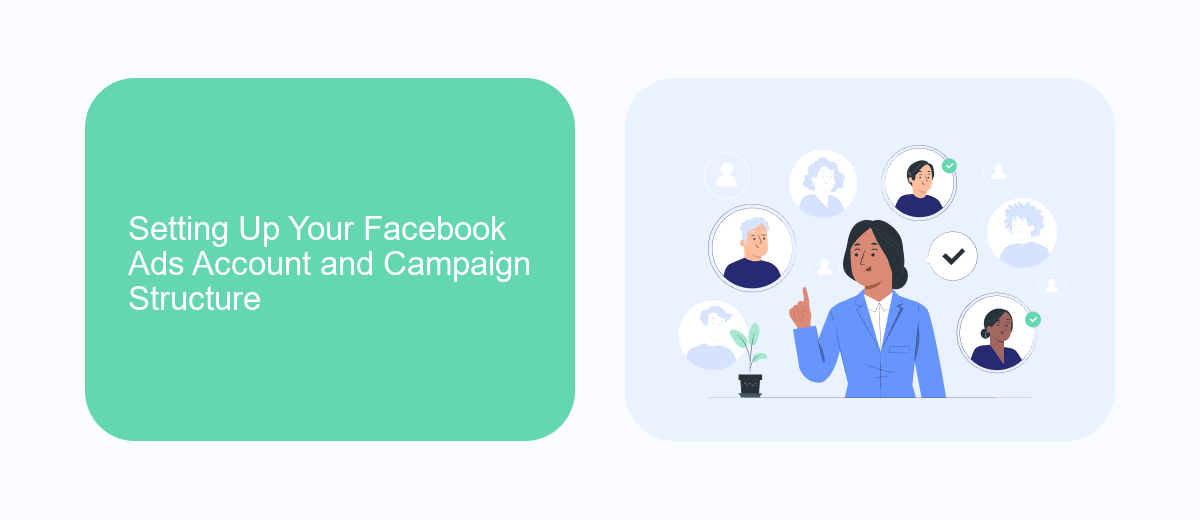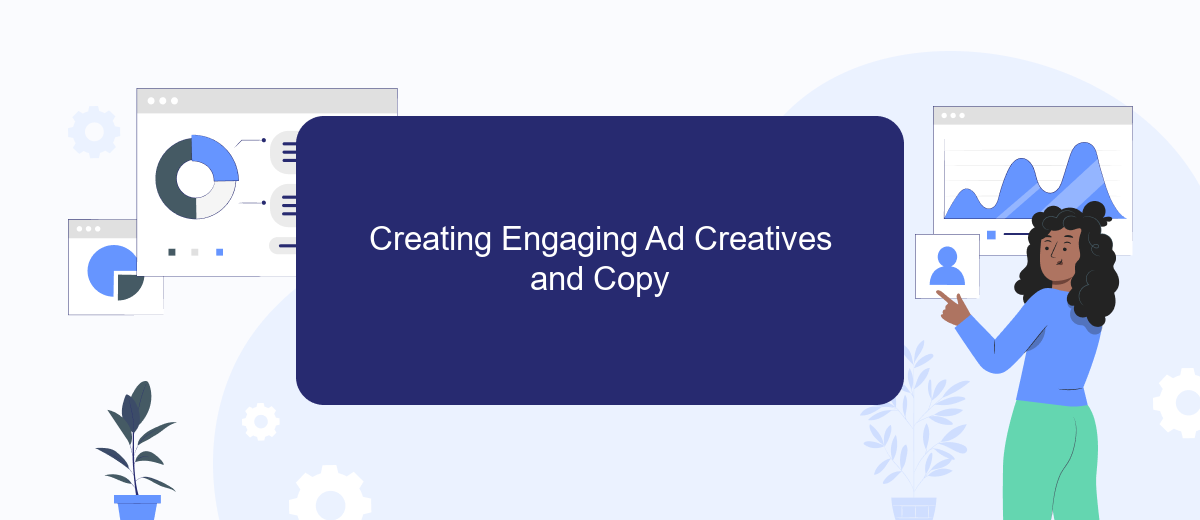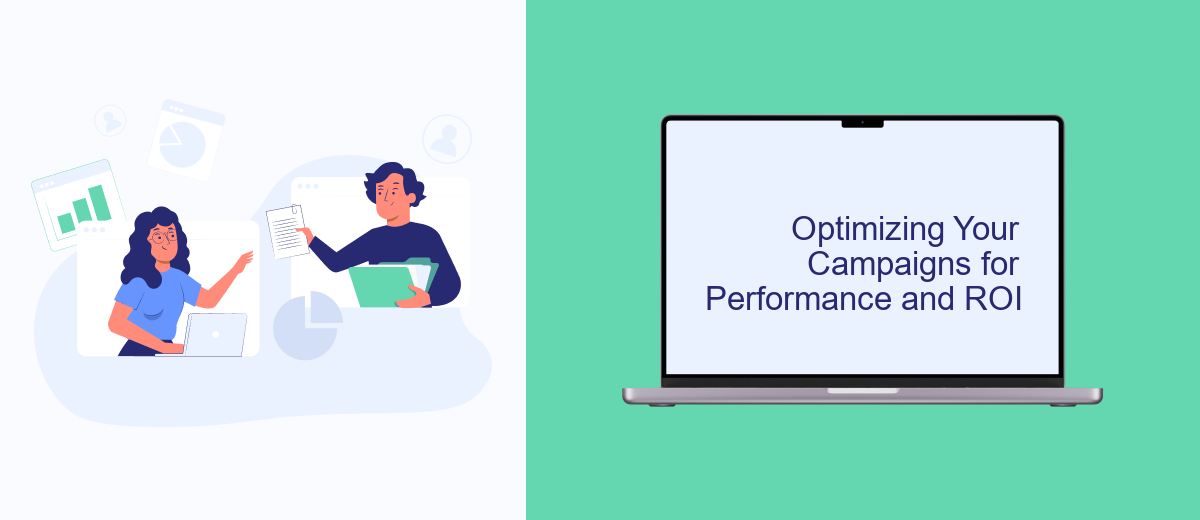In today's digital landscape, mastering Facebook Ads is crucial for businesses aiming to expand their reach and engage with target audiences effectively. As a Facebook Ads Manager, you hold the key to unlocking powerful marketing strategies that drive growth and brand visibility. This article delves into the essential skills, tools, and techniques needed to excel in managing successful Facebook advertising campaigns, ensuring optimal results and return on investment.
Understanding Your Target Audience and Campaign Objectives
Understanding your target audience and clearly defining your campaign objectives are crucial steps in creating successful Facebook Ads. Knowing who your audience is allows you to tailor your message, ensuring it resonates with the right people. This involves analyzing demographics, interests, and behaviors to create a detailed audience profile. By doing so, you can craft ads that speak directly to their needs and desires, increasing engagement and conversion rates.
- Identify key demographics: age, gender, location.
- Analyze interests and online behaviors.
- Segment the audience into specific groups.
- Define clear, measurable campaign objectives.
- Align ad content with audience preferences.
Once you have a clear understanding of your audience, the next step is to define your campaign objectives. These objectives should align with your overall business goals and be specific, measurable, achievable, relevant, and time-bound (SMART). Whether you aim to increase brand awareness, generate leads, or boost sales, having well-defined objectives will guide your ad strategy and help measure your success effectively.
Setting Up Your Facebook Ads Account and Campaign Structure

To begin setting up your Facebook Ads account, navigate to the Facebook Ads Manager. If you don't have an account, you'll need to create one by linking it to your existing Facebook profile. Once your account is set up, you'll be prompted to enter your payment details and business information. It's crucial to ensure that all information is accurate to avoid any disruptions in your ad campaigns. After completing these steps, you can access the Ads Manager dashboard, where you'll have an overview of your campaigns, ad sets, and individual ads.
Structuring your campaign is the next critical step. Start by defining your campaign objective, such as brand awareness or lead generation. Then, organize your ad sets based on target audience demographics, locations, and budget allocations. Each ad set can contain multiple ads with different creative elements. For seamless lead integration, consider using a service like SaveMyLeads, which automates the transfer of new leads from Facebook to your CRM or email marketing tools. This ensures you can quickly act on new leads without manual data entry, enhancing your campaign's efficiency and effectiveness.
Creating Engaging Ad Creatives and Copy

Creating engaging ad creatives and copy is essential for capturing the attention of your target audience on Facebook. The visual and textual elements of your ads should work together to convey your message effectively and persuade users to take action. To achieve this, it's important to understand your audience's preferences and tailor your content accordingly.
- Identify your target audience and their interests to create relevant ad content.
- Use high-quality images or videos that align with your brand's message and values.
- Craft compelling headlines that grab attention and spark curiosity.
- Write clear and concise ad copy that highlights the benefits of your product or service.
- Include a strong call-to-action (CTA) that directs users towards the desired action.
By focusing on these elements, you can create ad creatives and copy that not only attract but also engage your audience. Testing different variations of your ads can help you determine what resonates best with your audience, allowing you to optimize your campaigns for better performance. Remember, the key to successful Facebook ads lies in understanding your audience and delivering content that speaks directly to them.
Optimizing Your Campaigns for Performance and ROI

To enhance the performance and return on investment (ROI) of your Facebook Ads, it's crucial to continuously monitor and optimize your campaigns. Start by analyzing the performance metrics such as click-through rates (CTR), conversion rates, and cost per conversion. These insights will help you identify what's working and what needs adjustment.
Next, consider refining your target audience. Use Facebook's advanced targeting options to reach the most relevant users. Experiment with different demographics, interests, and behaviors to see which combinations yield the best results. Additionally, A/B testing is an invaluable tool for optimizing ad creatives and copy.
- Regularly update your ad creatives to avoid ad fatigue.
- Utilize Facebook's automated rules to manage bids and budgets efficiently.
- Leverage retargeting strategies to re-engage users who have shown interest.
- Analyze competitor ads for insights and inspiration.
Finally, keep an eye on the overall performance of your campaigns and adjust your strategy accordingly. By staying proactive and responsive to data, you can maximize your ad spend and achieve a higher ROI. Regular optimization ensures that your campaigns remain effective in a constantly changing digital landscape.


Analyzing Results and Reporting on Key Metrics
Analyzing the results of your Facebook Ads campaigns is crucial for understanding their effectiveness and making data-driven decisions. Start by examining key metrics such as click-through rates, conversion rates, and return on ad spend. These indicators will help you assess the overall performance and identify areas for improvement. Utilize Facebook's Ads Manager to access detailed reports and visualize data trends. By setting up custom reports, you can focus on specific metrics that align with your business goals, ensuring a more targeted analysis.
In addition to using Facebook's native tools, consider integrating third-party services like SaveMyLeads to streamline data collection and reporting. SaveMyLeads automates the transfer of lead data from Facebook Ads to your CRM or email marketing platform, ensuring you have up-to-date information at your fingertips. This integration not only saves time but also reduces the risk of errors, allowing you to make more informed decisions. Regularly reviewing and reporting on these key metrics will enable you to optimize your campaigns, allocate budget more effectively, and ultimately achieve better results.
FAQ
What is the role of a Facebook Ads Manager?
How do I target the right audience for my Facebook ads?
What is the best way to track the performance of my Facebook ads?
How can I optimize my Facebook ad budget?
What are some best practices for creating effective Facebook ads?
Would you like your employees to receive real-time data on new Facebook leads, and automatically send a welcome email or SMS to users who have responded to your social media ad? All this and more can be implemented using the SaveMyLeads system. Connect the necessary services to your Facebook advertising account and automate data transfer and routine work. Let your employees focus on what really matters, rather than wasting time manually transferring data or sending out template emails.
